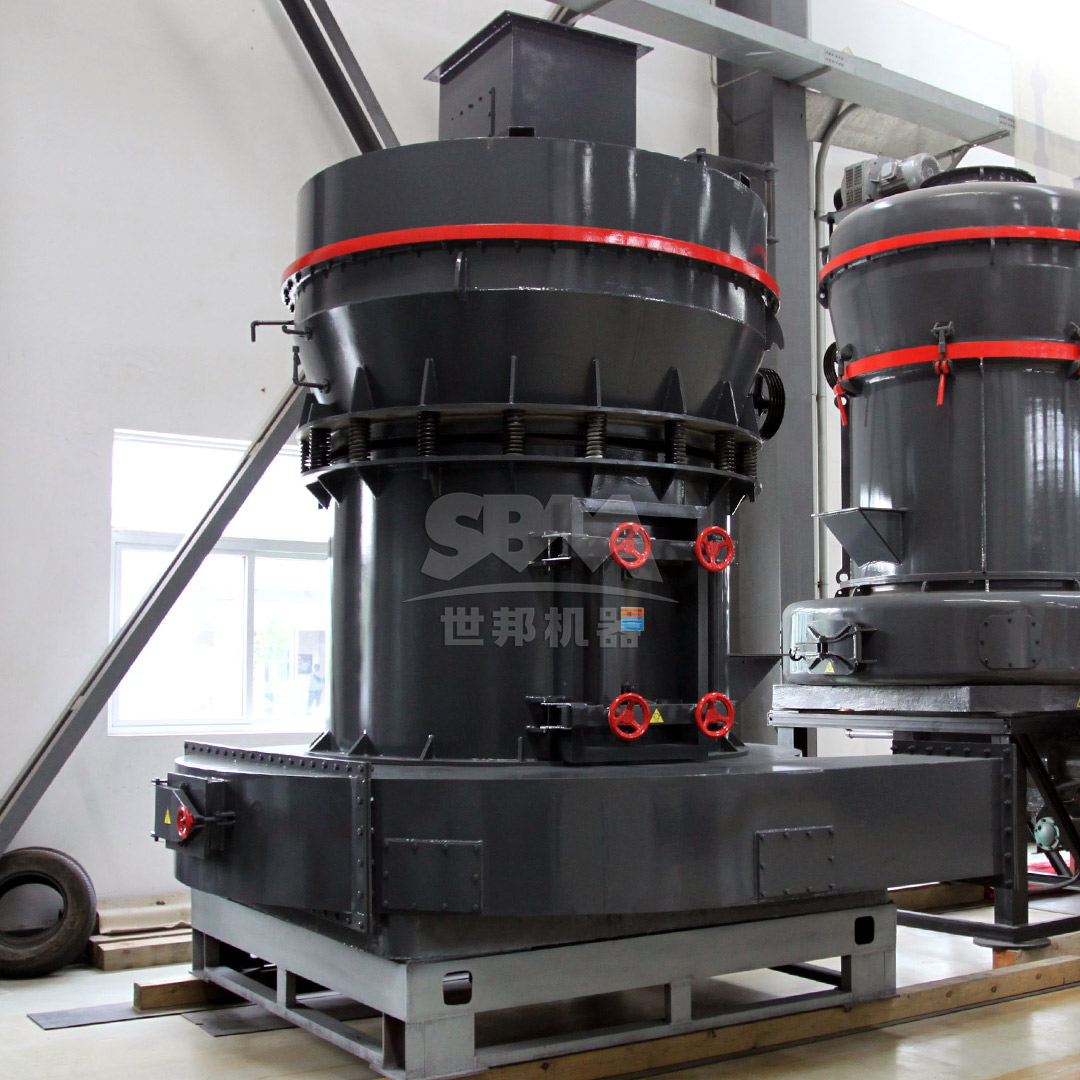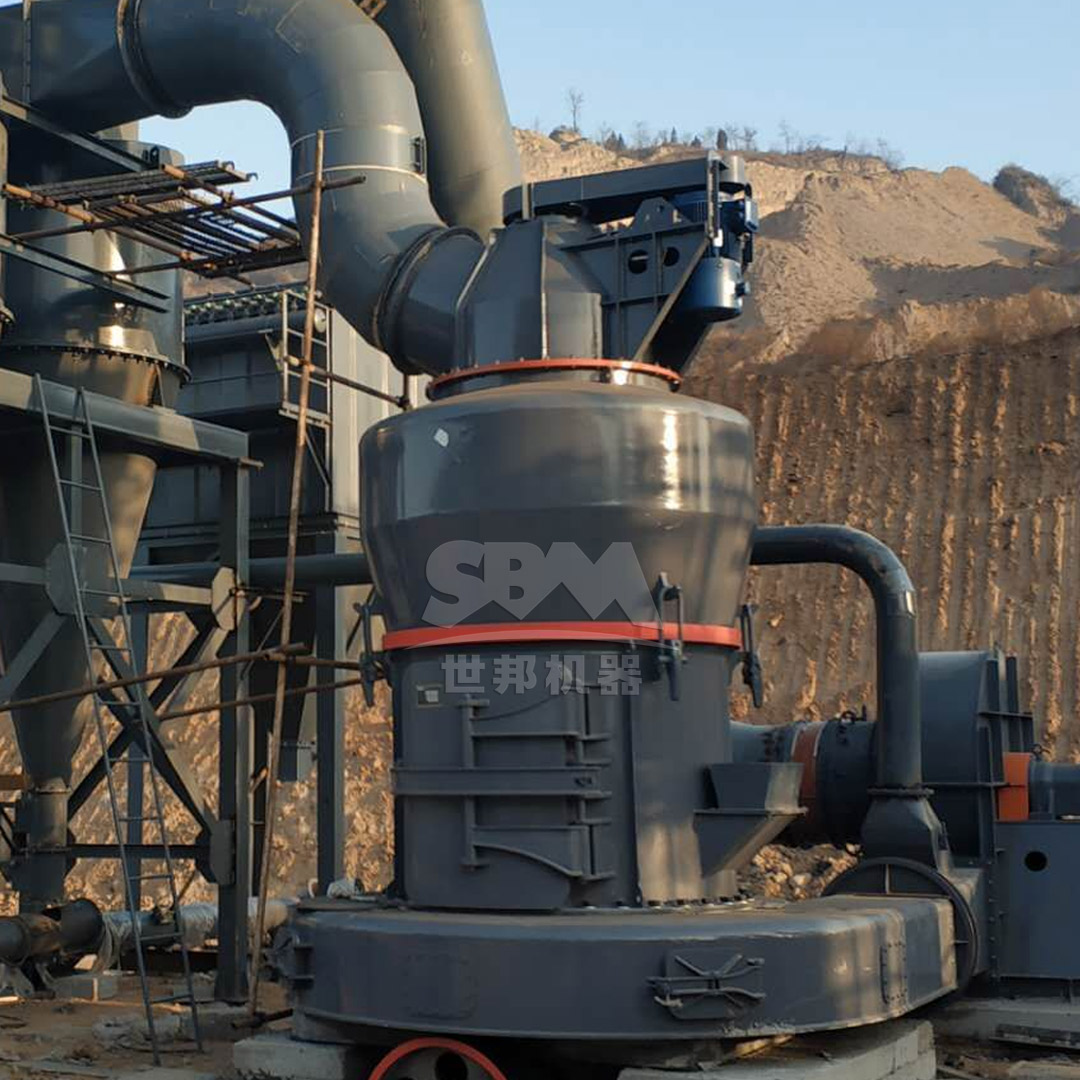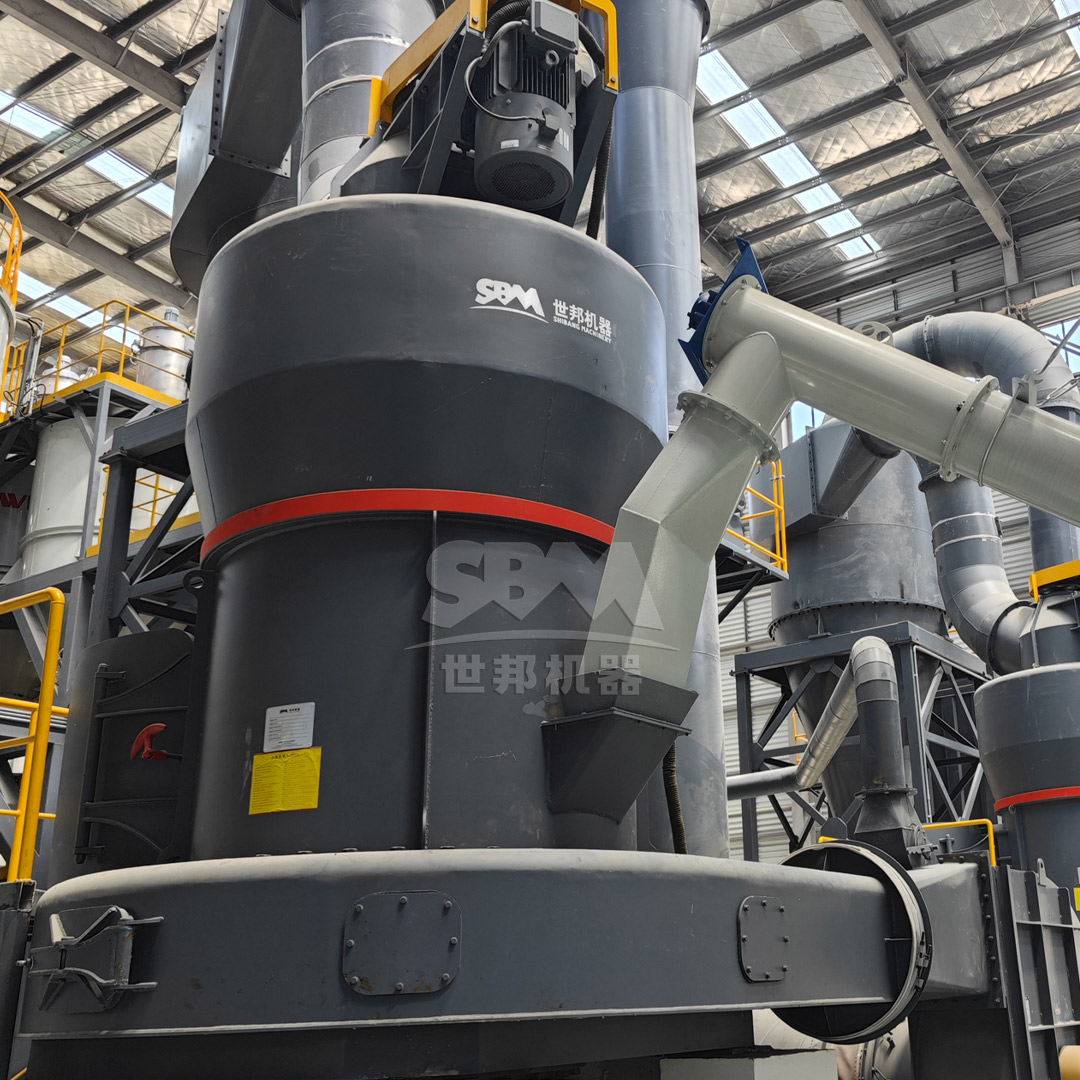Kaolin, also known as china clay, has become an indispensable mineral in the industrial coating industry due to its unique properties including whiteness, chemical inertness, and plate-like particle structure. The performance of kaolin in coating applications is directly influenced by its particle size distribution, with finer particles providing superior opacity, gloss control, and suspension stability. As coating formulations evolve to meet higher performance standards, the demand for precisely controlled ultrafine kaolin powders has intensified, placing greater emphasis on advanced grinding technologies capable of producing consistent, high-quality products.
Contemporary industrial coatings demand kaolin powders with specific particle size characteristics to achieve optimal performance. For high-gloss architectural coatings, kaolin with D97 values below 5μm provides excellent surface smoothness and reflectivity. In contrast, protective industrial coatings often utilize slightly coarser particles (D97 10-15μm) to enhance barrier properties and corrosion resistance. The ability to precisely control particle size distribution across this range is crucial for coating manufacturers seeking to optimize formulation performance while controlling raw material costs.

Producing consistent ultrafine kaolin powders presents several technical challenges that conventional grinding equipment struggles to address. Kaolin’s plate-like crystal structure requires specialized comminution approaches to prevent excessive delamination and maintain aspect ratios critical for coating performance. Additionally, the mineral’s inherent moisture content and variable hardness create processing difficulties that can lead to equipment wear, inconsistent product quality, and excessive energy consumption.
Grinding operations typically account for 30-60% of total energy consumption in mineral processing facilities. With rising energy costs and increasing environmental regulations, coating manufacturers are seeking grinding solutions that minimize power consumption while maintaining product quality. Advanced grinding technologies that incorporate intelligent control systems and optimized mechanical designs offer significant advantages over traditional approaches, potentially reducing specific energy consumption by 25-40% while improving product consistency.
Modern kaolin processing for coating applications requires specialized equipment capable of delivering precise particle size control with high energy efficiency. Two grinding technologies have emerged as particularly suitable for producing coating-grade kaolin powders: ultrafine vertical mills and advanced trapezium mills. These systems offer complementary advantages depending on specific production requirements and final product specifications.
For coating applications requiring the finest particle sizes, the SCM Ultrafine Mill represents an optimal solution. This advanced grinding system produces kaolin powders with fineness ranging from 325 to 2500 mesh (D97 ≤ 5μm), making it ideal for high-gloss and specialty coating formulations. The mill’s vertical turbine classifier enables precise particle size切割, ensuring consistent product quality without coarse particle contamination.
The SCM series demonstrates remarkable efficiency gains compared to conventional grinding technologies, delivering twice the capacity of jet mills while reducing energy consumption by 30%. This combination of precision and efficiency makes the SCM Ultrafine Mill particularly valuable for coating manufacturers producing premium products where consistency and performance are critical. The mill’s intelligent control system automatically monitors and adjusts operating parameters to maintain target particle size distribution, reducing operator intervention and minimizing quality variations.
| Model | Processing Capacity (ton/h) | Main Motor Power (kW) | Output Fineness (mesh) |
|---|---|---|---|
| SCM800 | 0.5-4.5 | 75 | 325-2500 |
| SCM900 | 0.8-6.5 | 90 | 325-2500 |
| SCM1000 | 1.0-8.5 | 132 | 325-2500 |
| SCM1250 | 2.5-14 | 185 | 325-2500 |
| SCM1680 | 5.0-25 | 315 | 325-2500 |
For larger-scale production of coating-grade kaolin where slightly coarser particles are acceptable, the MTW Series Trapezium Mill offers an excellent balance of capacity, efficiency, and product quality. With output fineness ranging from 30 to 325 mesh (down to 0.038mm), this mill is well-suited for producing fillers and extenders for industrial protective coatings, textured finishes, and primer formulations.
The MTW series incorporates several advanced features that enhance its suitability for kaolin processing. The curved air channel design minimizes energy losses during material transport, while the wear-resistant volute structure reduces maintenance requirements by 30%. The integrated cone gear transmission system achieves 98% transmission efficiency, contributing to the mill’s overall energy performance. These technical advantages make the MTW trapezium mill particularly valuable for coating manufacturers requiring high-volume production with consistent quality control.

The selection of appropriate grinding technology directly influences key performance characteristics of kaolin in coating formulations. Ultrafine kaolin produced using advanced milling technologies demonstrates measurable improvements in several critical areas compared to conventionally ground products.
Kaolin particles in the 0.5-2μm range provide optimal light scattering, significantly enhancing the hiding power of coating films. The narrow particle size distribution achievable with advanced grinding systems maximizes this effect, allowing formulators to reduce titanium dioxide content while maintaining opacity standards. This represents substantial cost savings given the significant price differential between kaolin and titanium dioxide pigments.
The plate-like structure of kaolin particles influences surface topography in dried coating films, directly affecting gloss and sheen. Finely ground kaolin with controlled particle size distribution enables precise adjustment of these optical properties. The SCM Ultrafine Mill’s ability to produce consistent sub-5μm particles makes it particularly valuable for formulating low-sheen and flat coatings where surface uniformity is critical.
Uniform particle size distribution improves dispersion efficiency during coating manufacturing and enhances suspension stability in the final product. Advanced grinding technologies that minimize oversized particles reduce the tendency for settling during storage, extending product shelf life and ensuring consistent application properties. The precise classification systems in both the SCM and MTW mills contribute significantly to these performance advantages.
Implementing advanced kaolin grinding technology requires careful consideration of several operational factors beyond basic equipment specifications. Coating manufacturers should evaluate total cost of ownership, including energy consumption, maintenance requirements, and operational flexibility, when selecting grinding systems for their specific applications.
The significant energy savings offered by modern grinding technologies directly impact production costs. The SCM Ultrafine Mill’s 30% reduction in energy consumption compared to conventional systems can translate to annual savings of $50,000-$200,000 depending on production volume and local electricity rates. Similarly, the high transmission efficiency of the MTW series contributes to lower operating costs over the equipment lifecycle.
Downtime for maintenance directly affects production schedules and profitability. Both recommended grinding systems incorporate design features that enhance reliability and reduce maintenance requirements. The SCM series utilizes special material rollers and grinding rings that extend service life, while the MTW series features combined shovel blades that lower maintenance costs. These design considerations are particularly valuable in continuous production environments typical of coating manufacturing.

Modern grinding systems must address environmental regulations governing dust emissions and noise levels. The pulse dust collection systems in both recommended mills exceed international standards for particulate emissions, while integrated noise reduction technologies maintain operational noise below 75-80dB. These features simplify regulatory compliance and contribute to improved working conditions in production facilities.
The evolution of coating technologies continues to drive advancements in kaolin grinding processes. Several emerging trends are likely to influence equipment selection and operational approaches in the coming years.
Integration of grinding systems with plant-wide digital control systems enables real-time optimization of production parameters based on raw material characteristics and product specifications. The intelligent control capabilities of advanced mills provide a foundation for Industry 4.0 implementation, supporting data-driven decision making and predictive maintenance strategies.
Increasing emphasis on sustainable manufacturing practices is driving development of grinding technologies with improved energy efficiency and reduced environmental impact. Future innovations will likely focus on further reducing specific energy consumption, minimizing water usage in processing, and enabling greater utilization of recycled materials in coating formulations.
As coating formulators seek to simplify production processes, demand is growing for kaolin products that provide multiple functional benefits beyond traditional filling and extending. Advanced grinding technologies that preserve or enhance specific mineral characteristics will enable development of kaolin products with additional functionality, such as improved corrosion resistance or antimicrobial properties.
The selection of appropriate grinding technology is critical for optimizing kaolin performance in industrial coating applications. Advanced milling systems like the SCM Ultrafine Mill and MTW Trapezium Mill offer coating manufacturers the precision, efficiency, and reliability needed to produce high-quality kaolin products that enhance coating performance while controlling production costs. As coating technologies continue to evolve, these advanced grinding solutions will play an increasingly important role in enabling formulators to meet changing market demands for improved performance, sustainability, and cost-effectiveness.
By understanding the relationship between grinding technology and final product characteristics, coating manufacturers can make informed decisions about equipment selection and operational approaches that align with their specific product portfolios and business objectives. The continued advancement of grinding technologies promises further improvements in kaolin processing efficiency and product quality, supporting innovation across the industrial coatings industry.